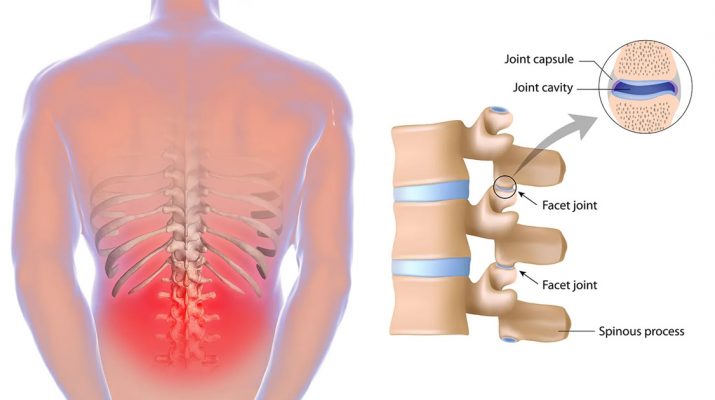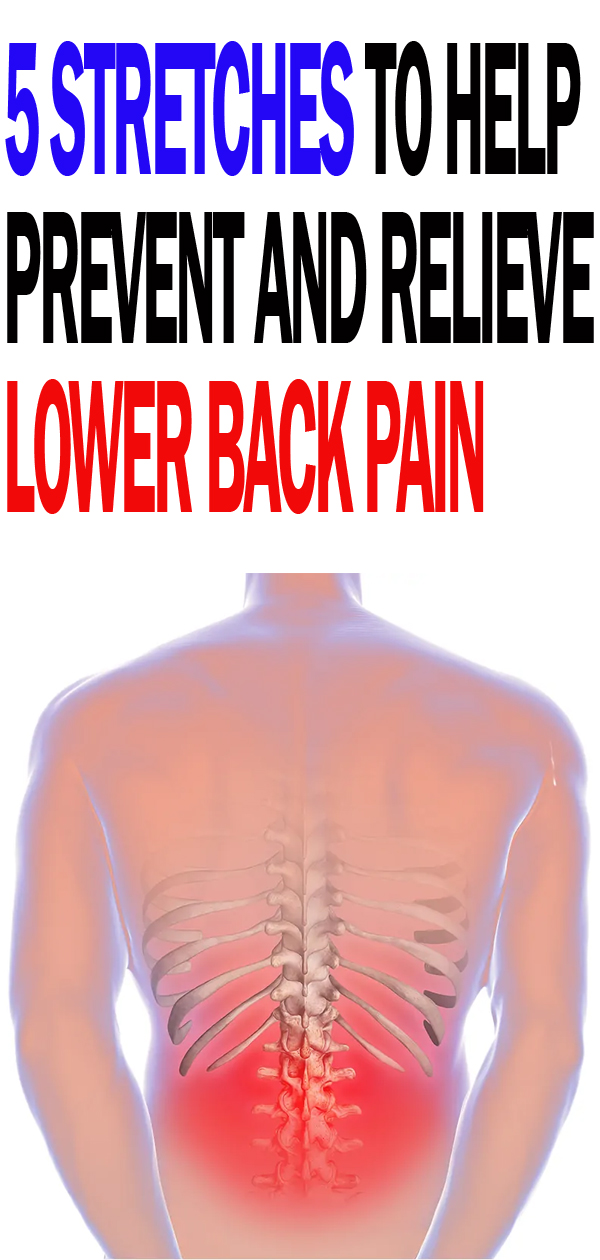“If you have lower back pain, you are not alone. About 80 percent of adults experience low back pain at some point in their lifetimes. It is the most common cause of job-related disability and a leading contributor to missed work days.” – National Institute of Neurological Disorders and Stroke
An interesting study was done a while back, titled “The Rising Prevalence of Chronic Low Back Pain.” The objective of the article was to determine whether there has been a rise in such cases; as the title probably gives away, the writers did indeed find this to be the case.
Over the span of just 14 years (1992 to 2006), the number of people afflicted from chronic lower back pain (LBP) more than doubled – from just around 4 percent to over 10 percent of the population.
Why Lower Back Pain (Lbp) Is An Issue
Lower back pain is the second leading cause of disability in U.S. adults. Additionally, it is estimated that LBP causes nearly 150 million lost workdays for American workers. LBP also is estimated to cost the U.S. healthcare system around 200 billion dollars per year, two-thirds of this amount being due to lost wages and productivity.
Perhaps the most striking facts about chronic lower back pertain to its prevalence: over 80 percent of the population will experience an episode of lower back pain at some point. Of those who suffer one episode of LBP, up to 44 percent are stricken with another episode within the year.
Another issue is how lower back pain is currently treated. Besides super expensive methods such as spinal injections and surgery, many people are prescribed dangerous and addictive opioid drugs.
In this article, we are going to teach you how to do five stretches that target the lower back. These stretches may go a long way in treating and even preventing lower back pain.
Stretches That Target Lower Back Pain
1. Frontward Pigeon
- Kneel down onto the ground on all fours.
- Lift your right leg and bring it forward on the ground in front of your body. Keep the lower leg in a position where it is horizontal to the body. The right foot should be parallel to your right knee.
- Shift your body weight from the arms to the legs so they are supporting your weight. Then, sit up as straight as possible.
- After taking a deep breath, exhale while leaning your upper body over the front leg. Use your arms to support as much of your weight as possible.
- Repeat on the opposite side.
2. Sitting Pigeon
- Sit on the floor with your back and legs straight, toes pointing upward.
- Cross your right leg over your left, resting your right ankle on top of your left knee.
- Holding the above position, lean forward as far as possible. Ideally, you want to get to the point where your upper body is coming close to touching your thigh.
- Hold this position for 15 seconds, stretching the lower back and glutes.
- Repeat on the opposite side.
3. Knee To Shoulder
- Lay flat on the ground (a mat helps), toes pointing upwards.
- Slowly bring your right knee as close as possible to your chest.
- Clasp both hands around the knee.
- Gently pull your right leg across your body while keeping the back as flat as possible. Hold this position for about 30 seconds. (You should feel a stretch, not pain.)
- Return to the starting position and repeat for a total of 4 repetitions. Switch sides.
4. Leaning To Standing Lower Back Stretch
- Begin by placing both hands on a steady object (e.g., a weight bench or sturdy piece of furniture)
- Supporting your weight with your arms, slowly bring back your legs until your upper body is parallel to your lower body.
- Drop your hips forward until you feel a comfortable amount of pressure.
- Hold this position for about 10 seconds.
- Return to a standing position by erecting your torso and taking a big step forward with either foot.
5. Prone Push-Up
- Lie on your stomach, elbows bent and palms flat on the surface.
- Use your lower arms to support your weight while lifting your torso upwards. Make sure to keep the pelvis and hips in contact with the floor.
- Keeping your back muscles relaxed, only go as high as is comfortable.
- Hold the position for 10 seconds and do 5-10 repetitions.
Final Thoughts: Don’T Ignore Lower Back Pain
Our back supports (no pun intended) just about everything that we do physically. While we might expect relatively minor back pain to occur from time to time, pain that is increasing to the point of being potentially debilitating is not normal and must be corrected. Fortunately, we can either (a) prevent or (b) treat most instances of chronic lower back pain.
Most complications arise when people choose to ignore the pain, thinking or hoping that it will simply “go away.” It often doesn’t – and we must live with the (painful) consequences. The must better way is to perform some light stretching on a regular basis and report any issues of concern to your healthcare professional.


